While interest in alternative building materials such as steel and wood has increased following the earthquakes, experts emphasized that work on this issue should be accelerated. Steel and timber structures are more flexible, durable and sustainable than reinforced concrete buildings.
Steel Structures 7-10 Times More Durable
Melih Şimşek, Vice Chairman of the Board of Directors of the Turkish Structural Steel Association, stated that Türkiye is the largest steel producer in Europe and the seventh largest steel producer in the world, and said that steel structures are 7-10 times more resistant to earthquakes compared to traditional buildings. Şimşek stated that steel structures are more reliable against human errors since they are produced under supervision in an industrial environment and that their flexible structure prevents them from being damaged during earthquakes.
Stating that steel structures are completed in at least 50 percent less time compared to traditional buildings and are more economical in the long term, Şimşek said, “Interest in steel structures has increased after the earthquakes, but we are still not at the desired level. Only 1.5 percent of the houses in Türkiye are made of steel. This rate is 50 percent in the US and the UK, and 30 percent in Germany and France.”
Steel Structures Not Damaged in Earthquakes
Emphasizing that the steel structures in the region were not damaged in the Kahramanmaraş earthquakes, Şimşek stated that this proves the reliability of steel buildings. Stating that millions of houses in Istanbul and across Türkiye are awaiting transformation, Şimşek said that 1 million structural steel houses can be built in three years if steel structures are encouraged.
Growing Interest in Alternative Materials
Haldun Ersen, President of the Urban Transformation and Urbanism Foundation (KENTSEV), said that interest in alternative building materials such as steel, wood and stone has increased, but has not yet reached a sufficient level. Ersen said, “We observe an increase in the use of steel, especially in villas and small-scale projects. However, the building sector and academic education in Türkiye are based on reinforced concrete systems. Awareness and academic infrastructure on steel and wood need to develop.”
“Concrete Alternatives Should Be Prioritized”
Helmann Holding Chairman Selman Özgün reminded that more than 6 million houses in Türkiye are awaiting transformation and said, “We must mobilize to create earthquake-resistant cities. The short life span of concrete and the fact that it cannot be recycled is a big problem. Every year billions of dollars of our national wealth goes to waste. For this reason, we should turn to alternative building materials such as steel, stone and wood.”
Experts state that if some of the resources allocated to construction in Türkiye are directed to steel structures, houses can be built faster, safer and more sustainably. Noting that alternative building materials should become widespread with public support and incentives, sector representatives emphasize that the necessary steps should be taken as soon as possible to build cities that are more resistant to earthquake risk.


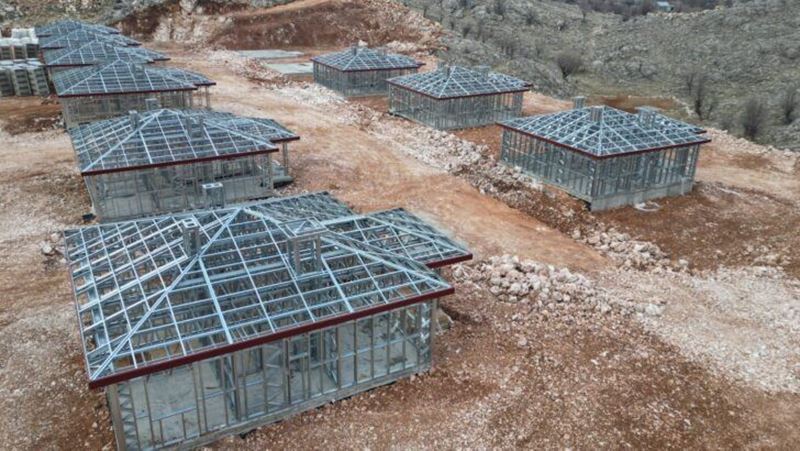
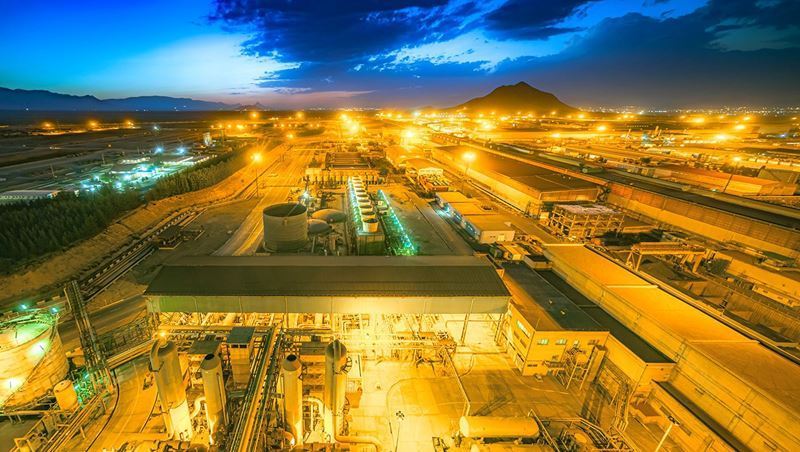
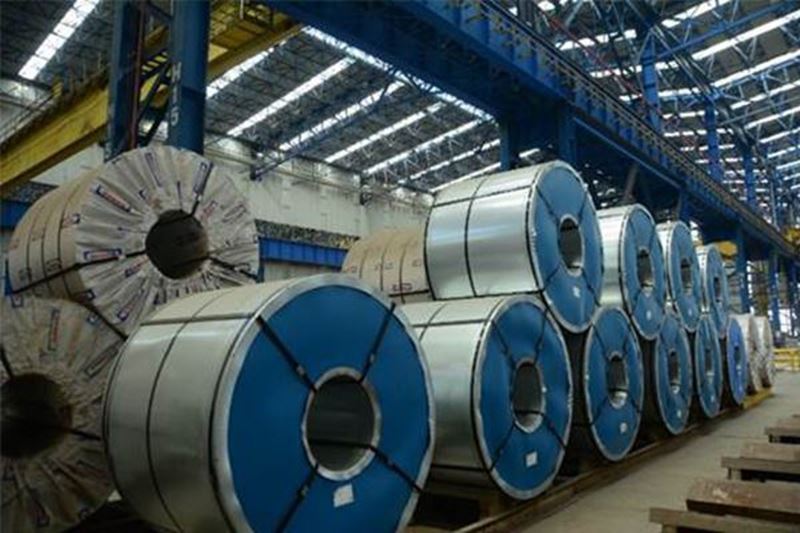
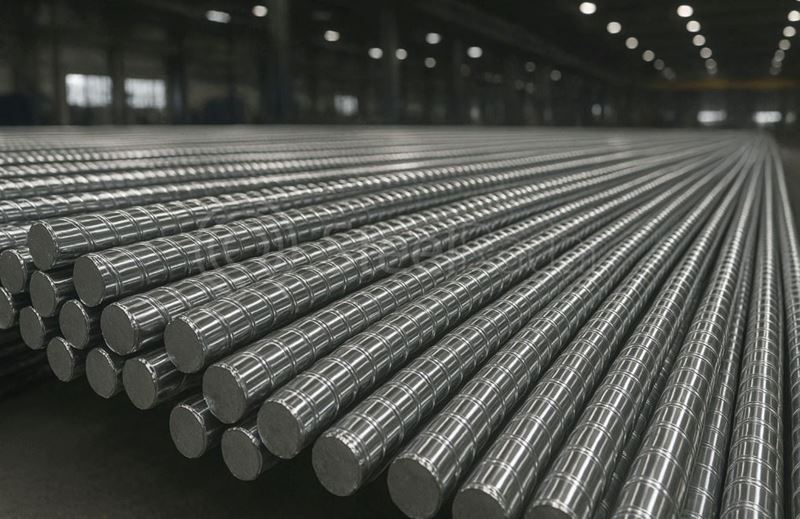

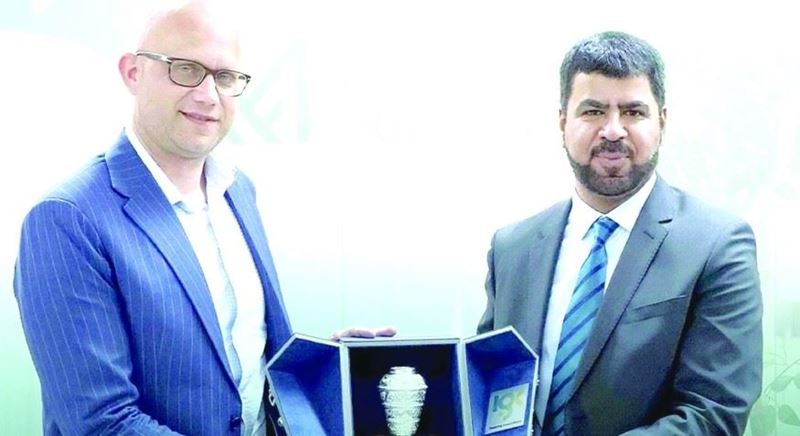

Comments
No comment yet.